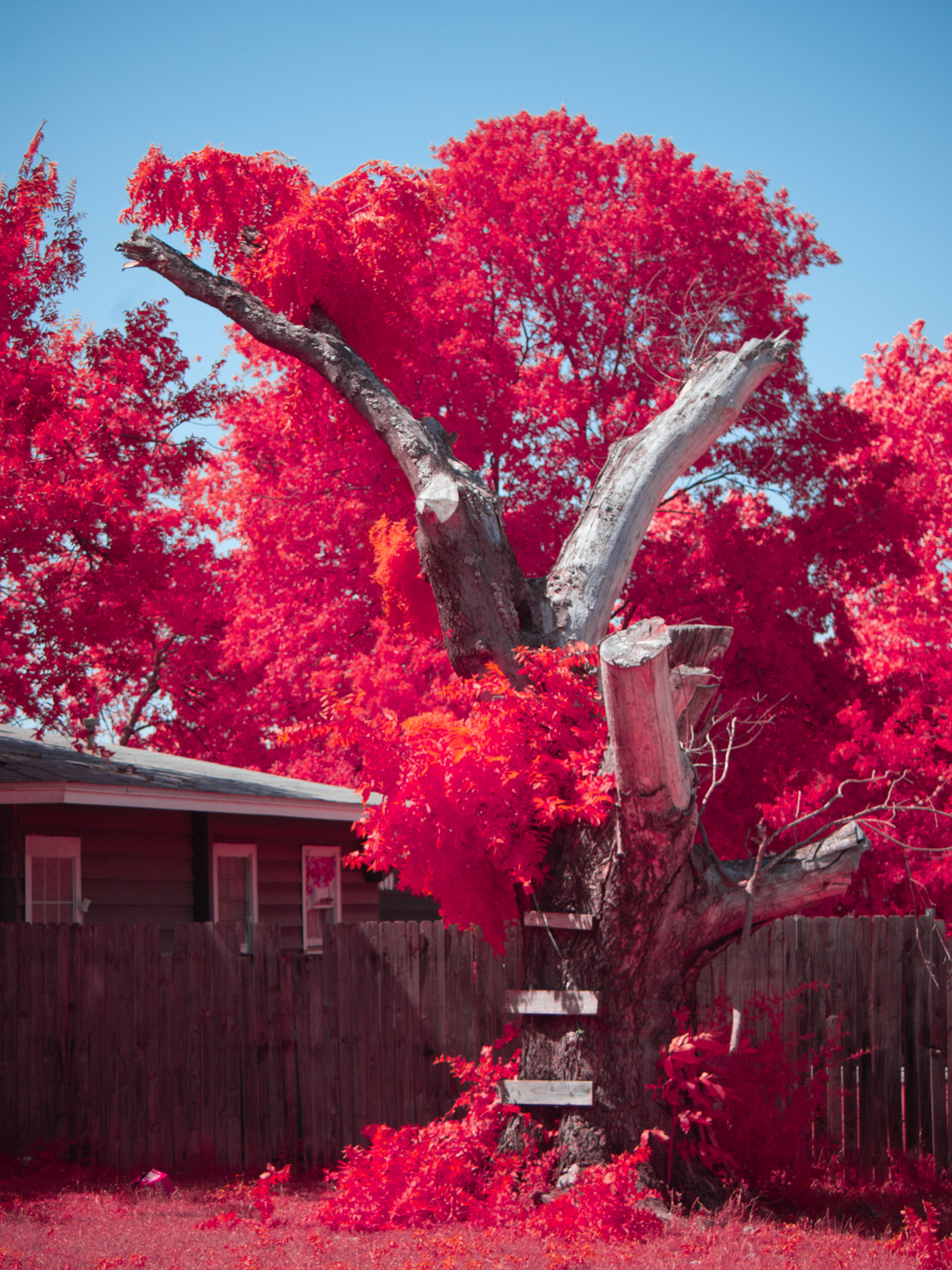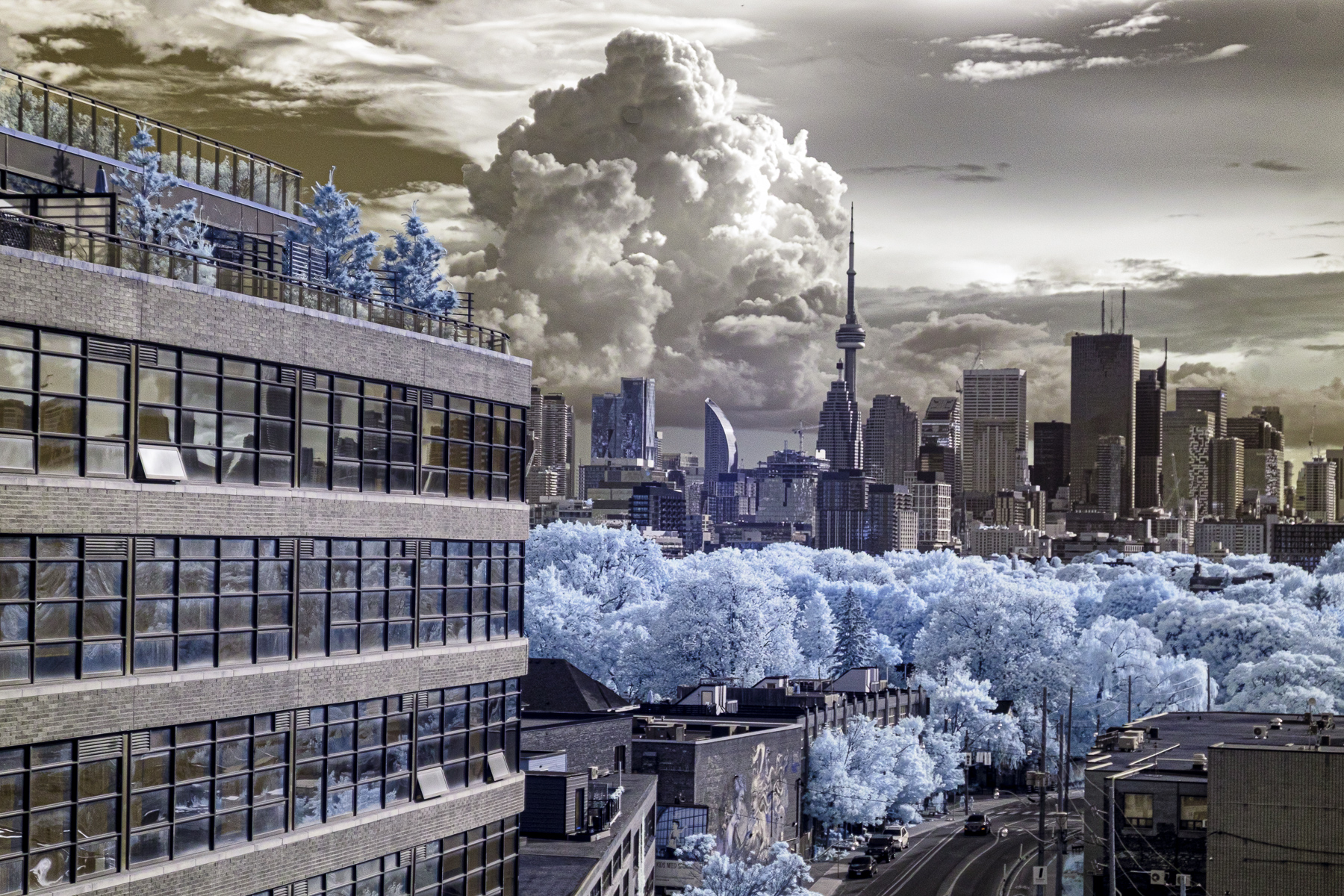Infrared Photography
4 readers
1 users here now
Photography capturing non-visible near infrared light.
Feel free to post infrared photos (black and white or color), questions and gear talk, etc.
founded 1 year ago
MODERATORS
1
2
3
4
5
6
7
8
9
10
11
12

















